VR Multiplayer Wildlife Biking
This VR exergame integrates online multiplayer stationary biking and wildlife exploration, using real-time cadence sensor data for movement. Features include animal AI, collaborative and competitive modes, gaze-based interaction, and accessible design tailored for rehabilitative use.

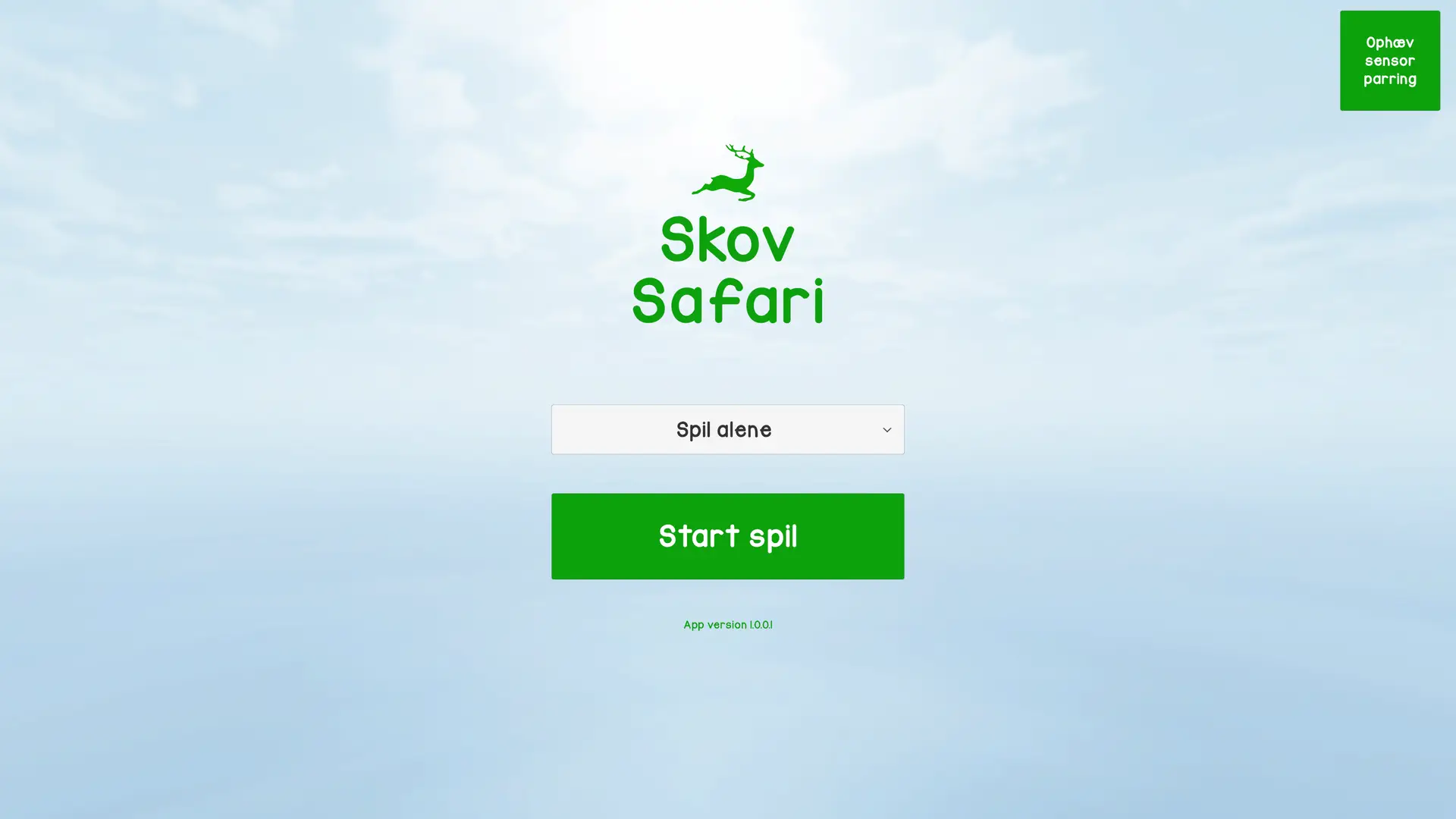
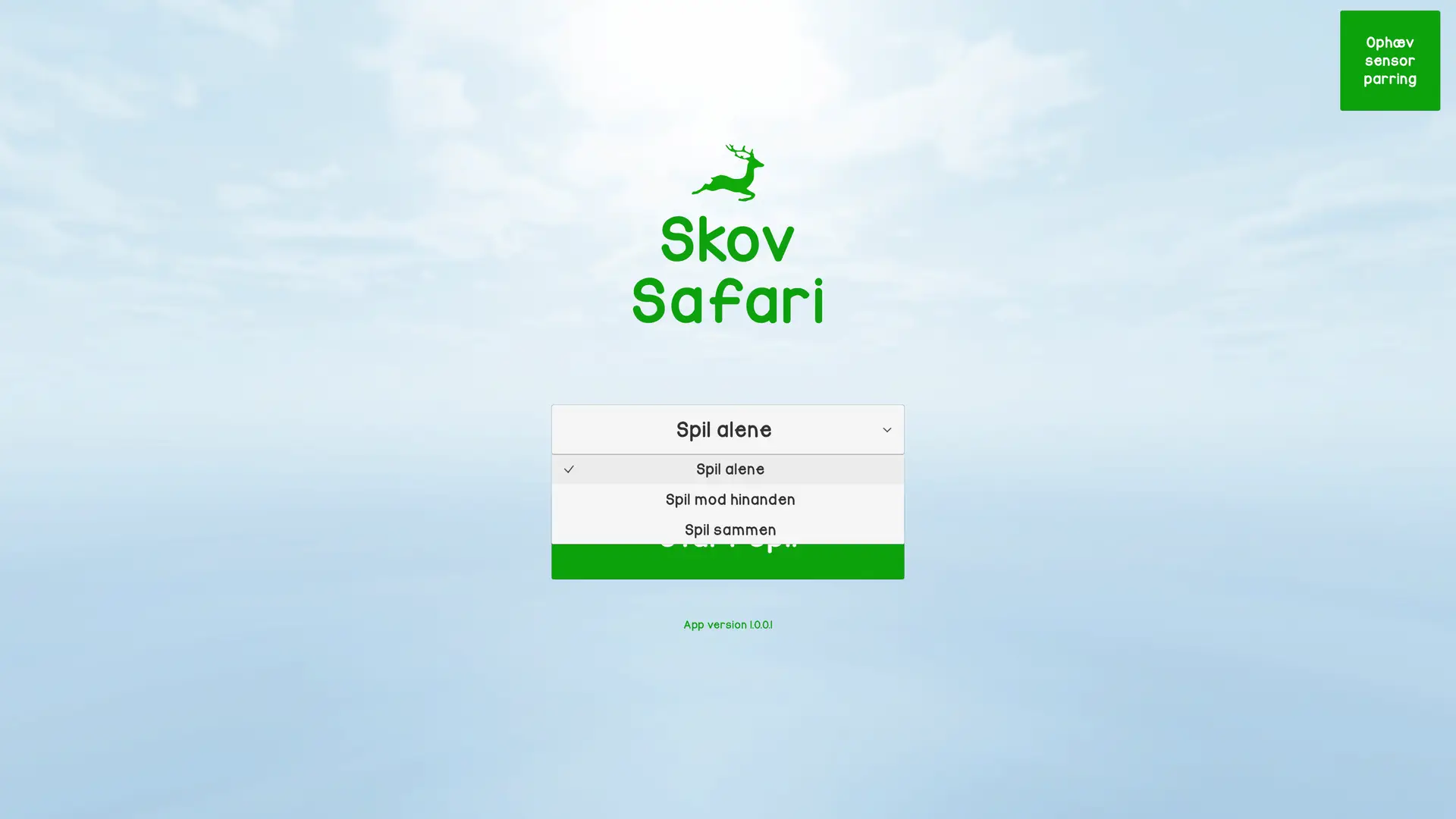

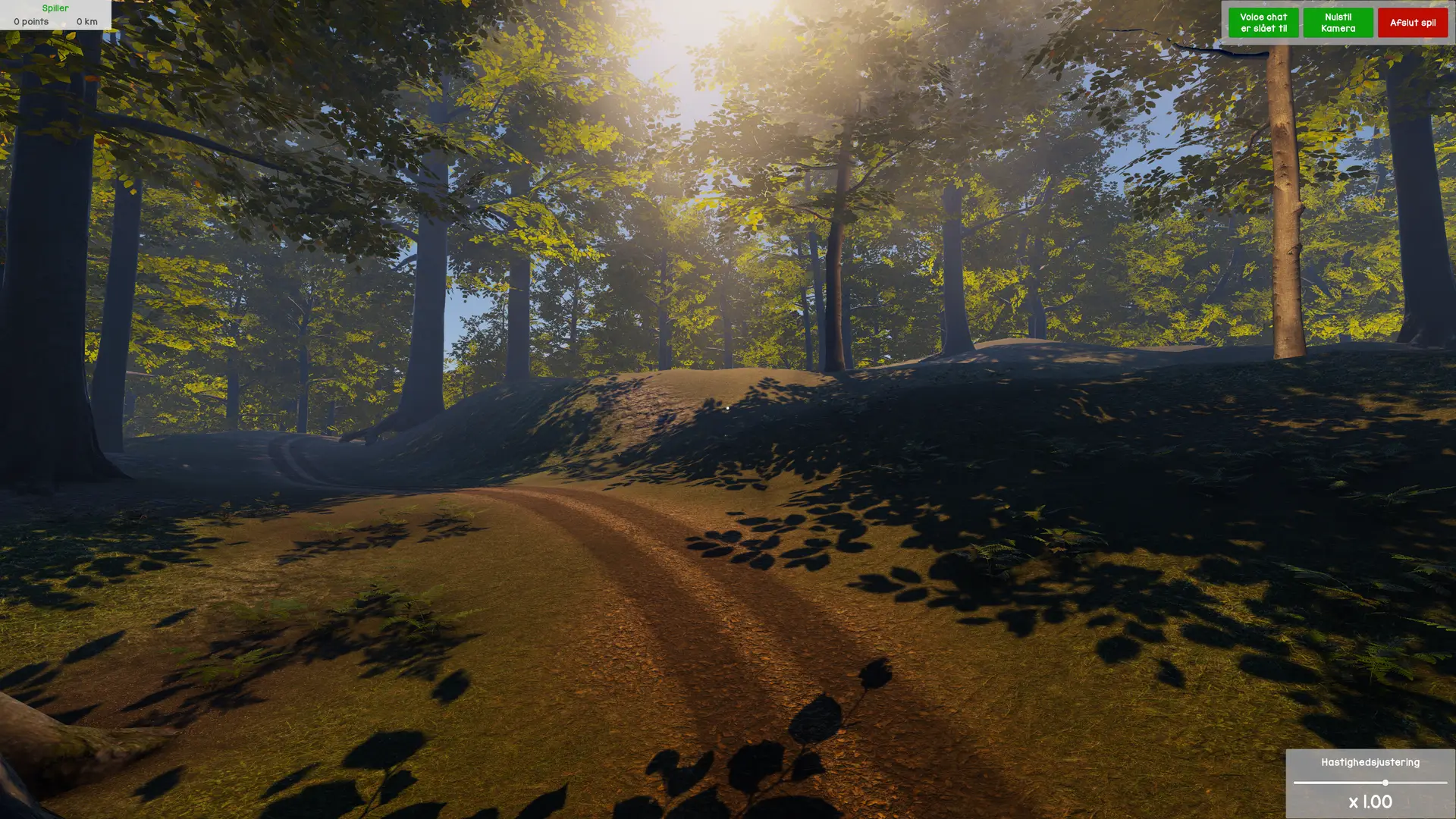
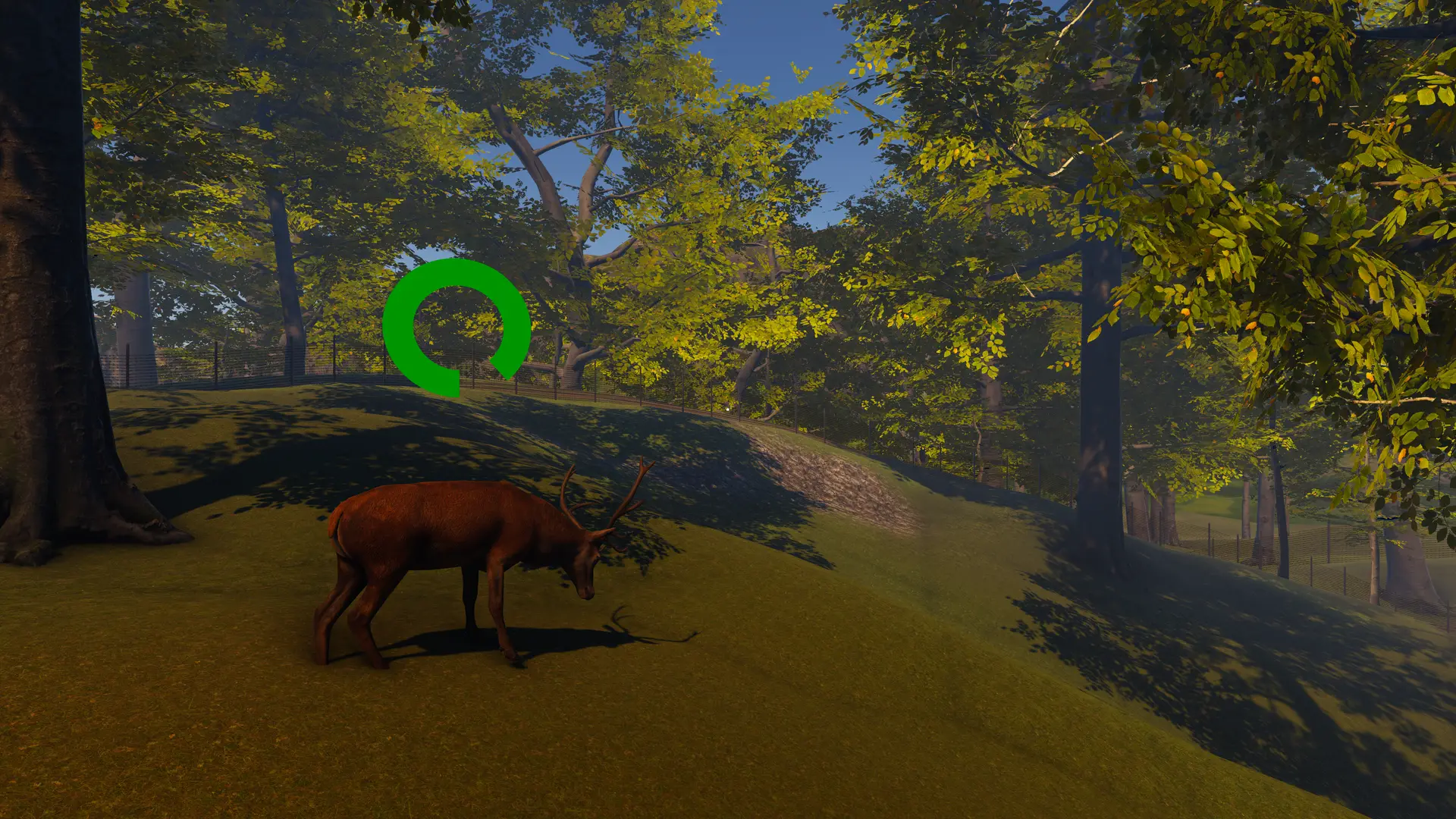
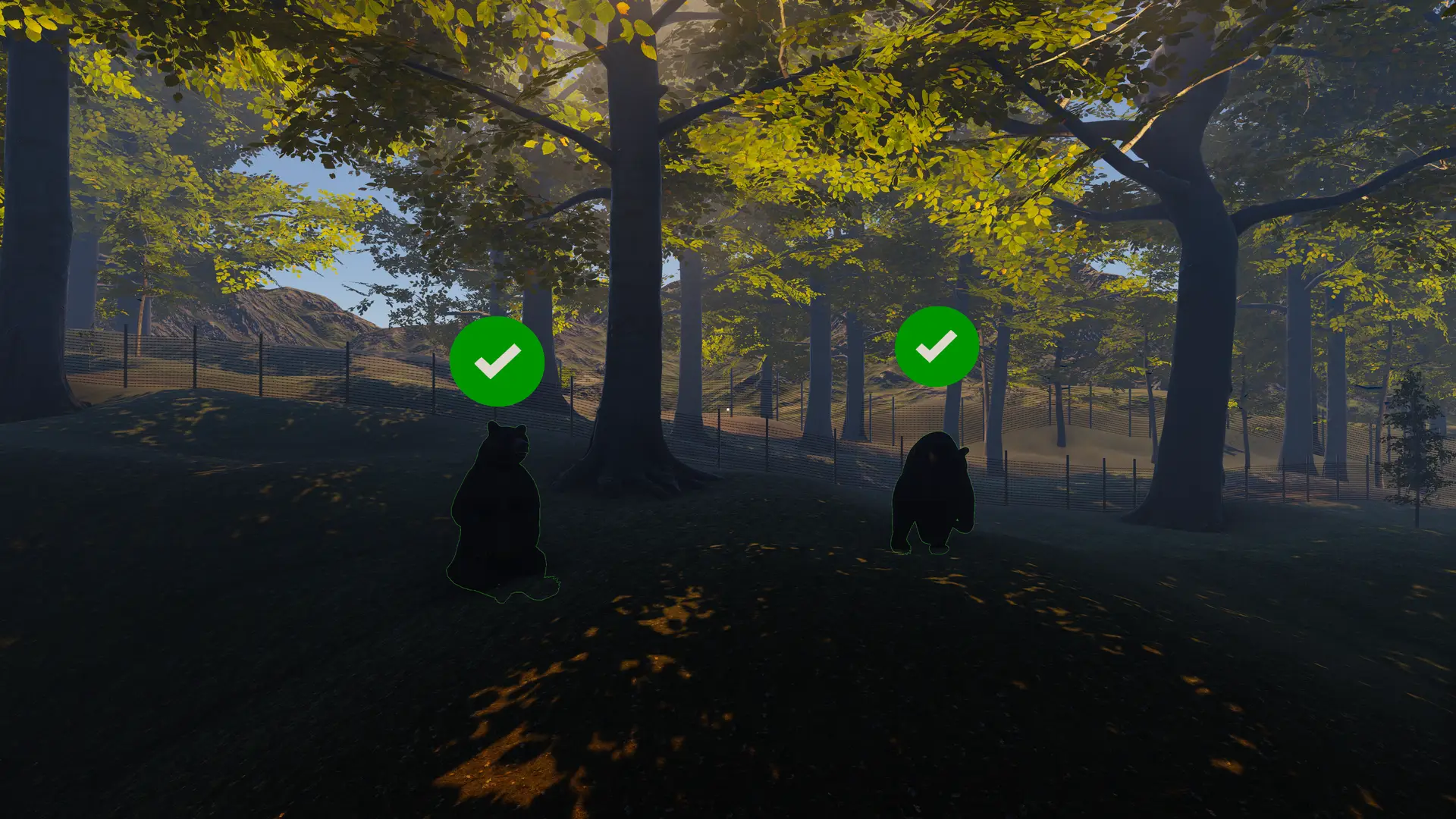
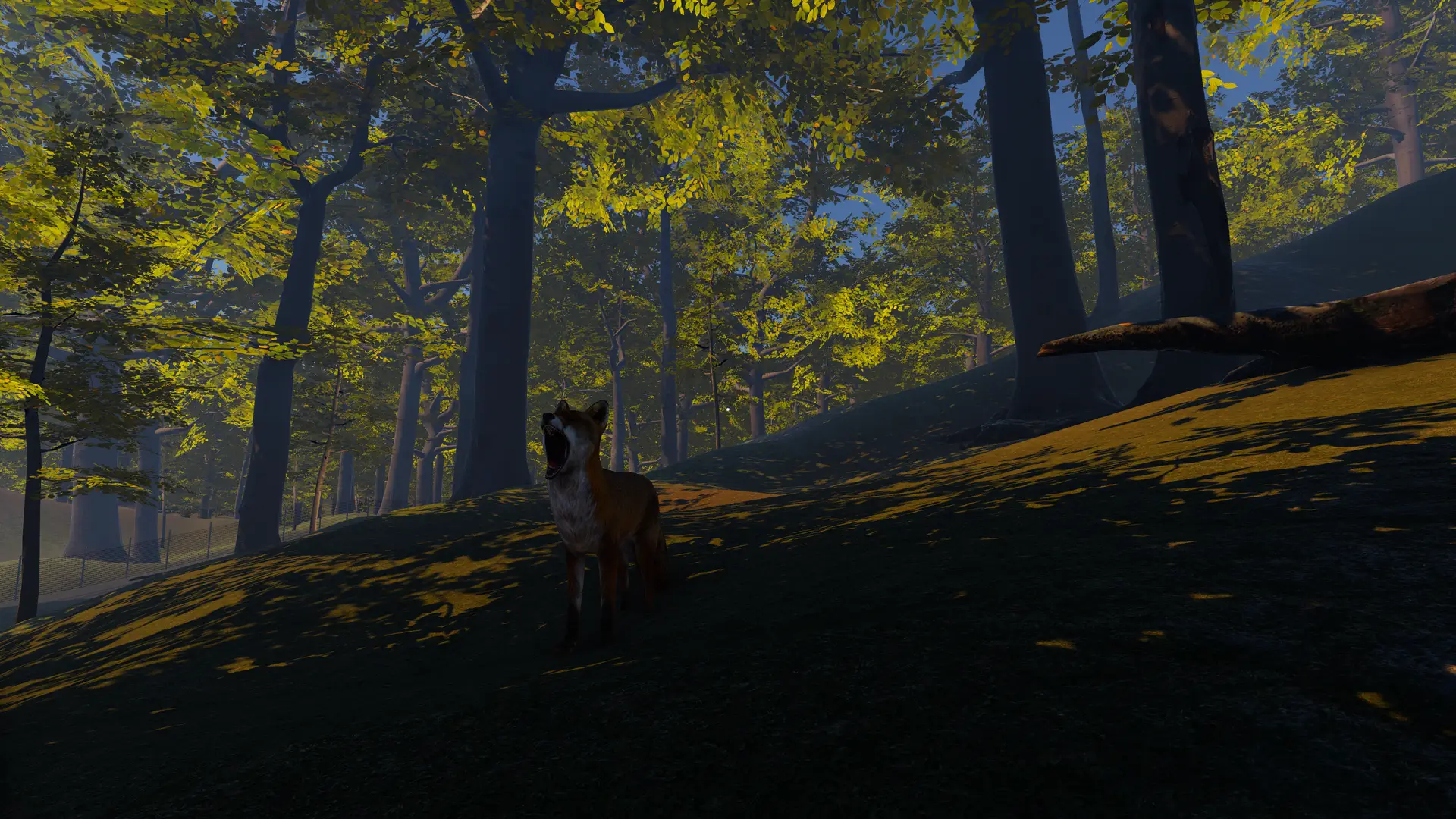
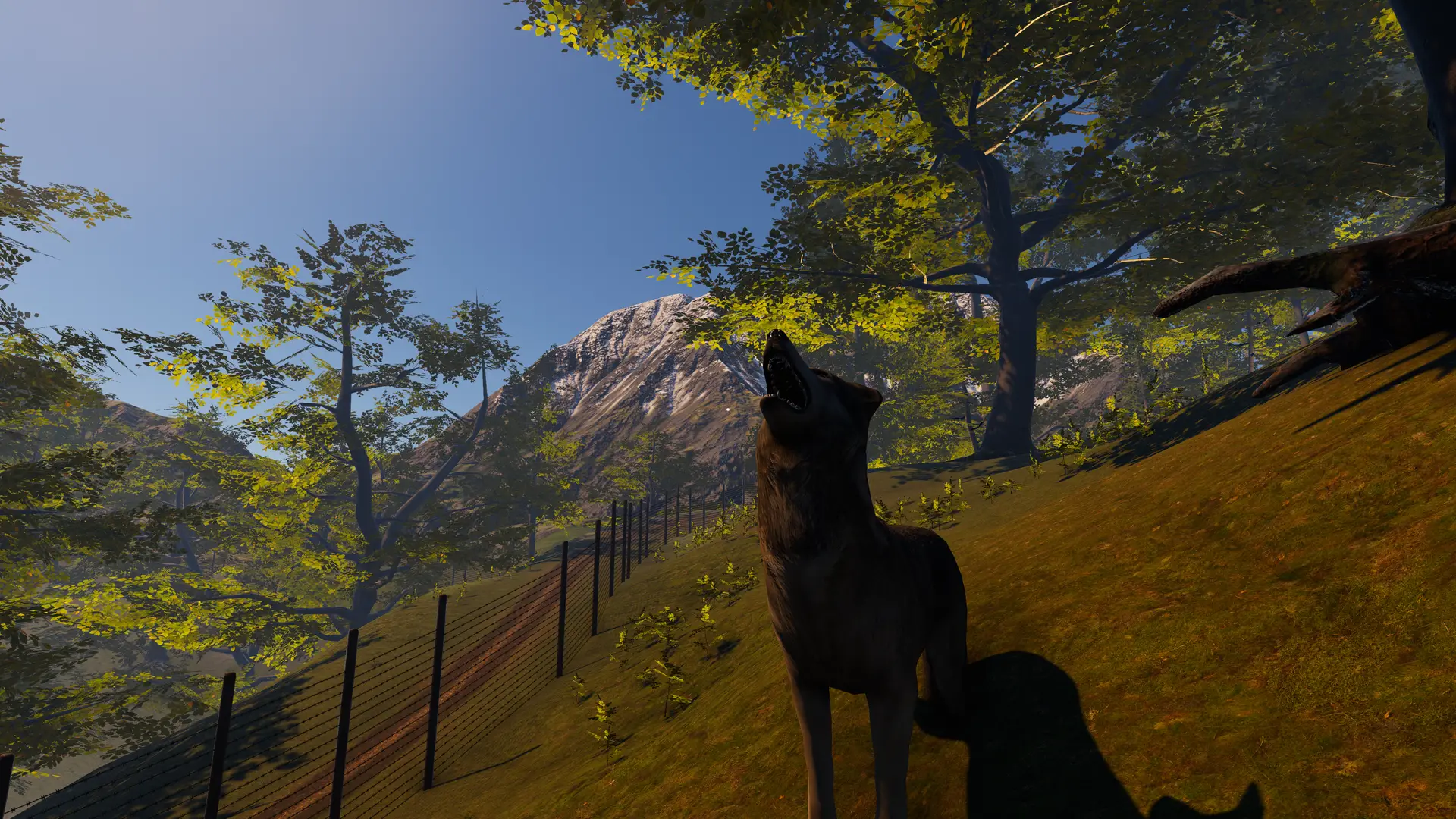
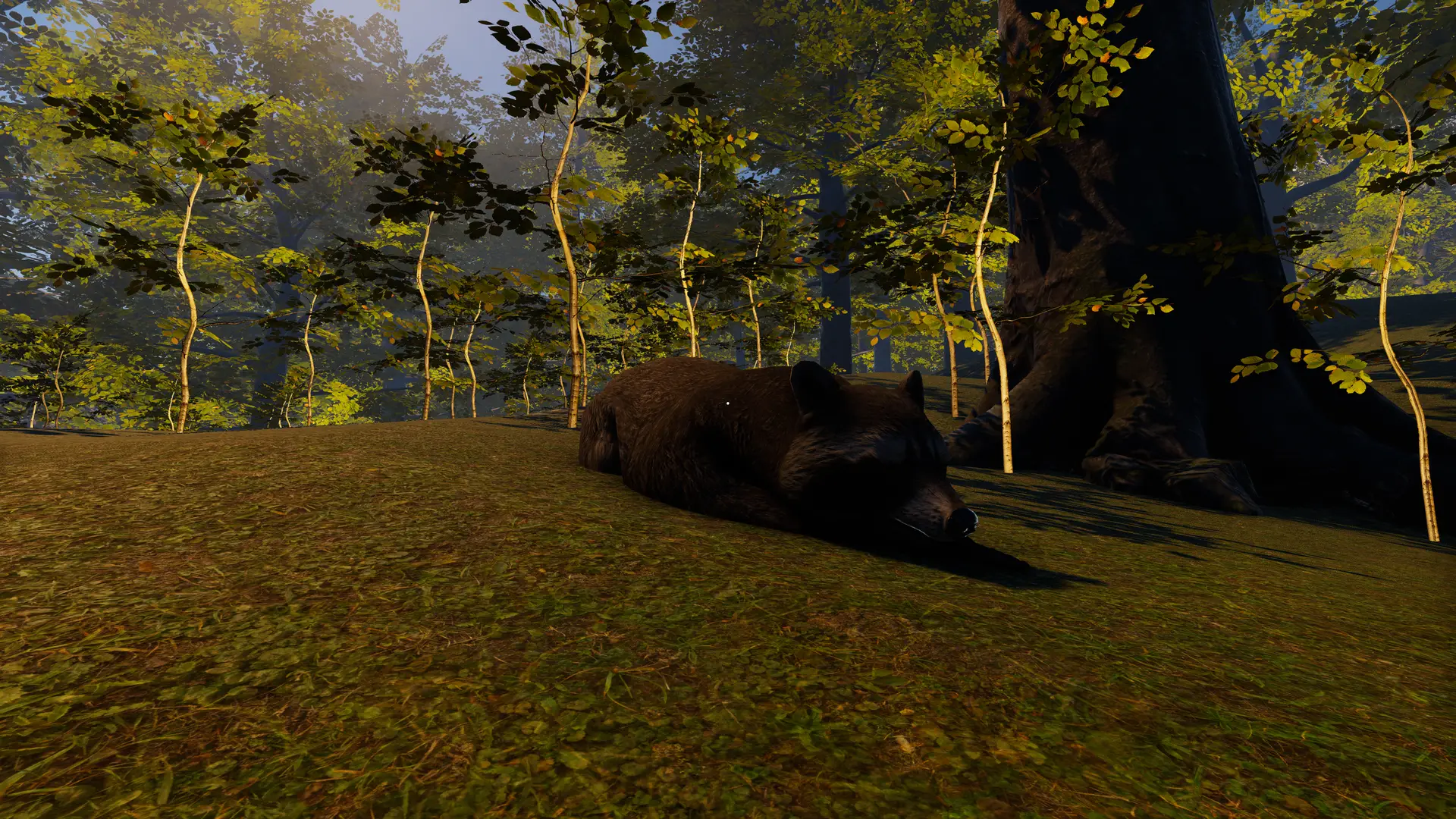
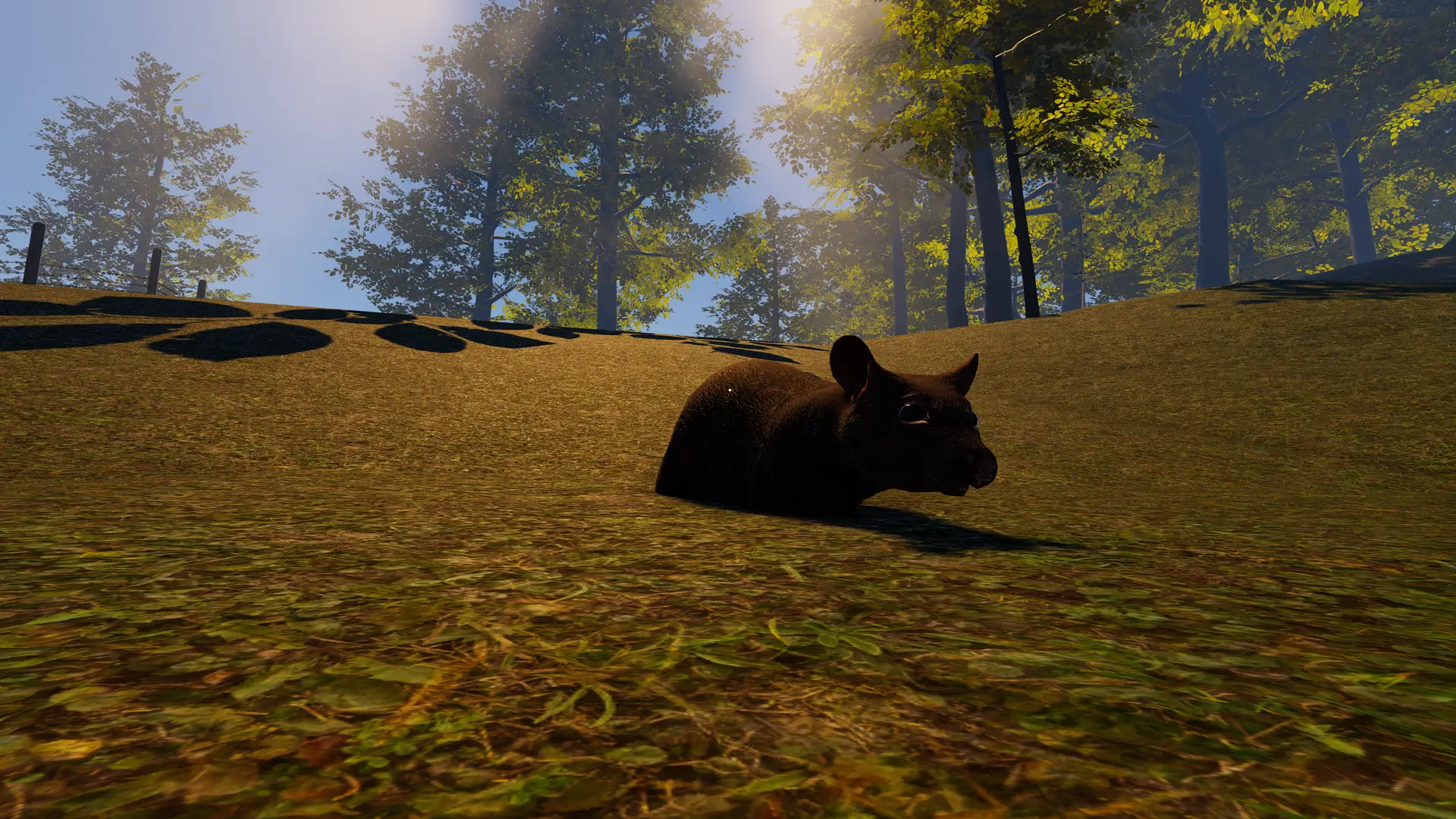
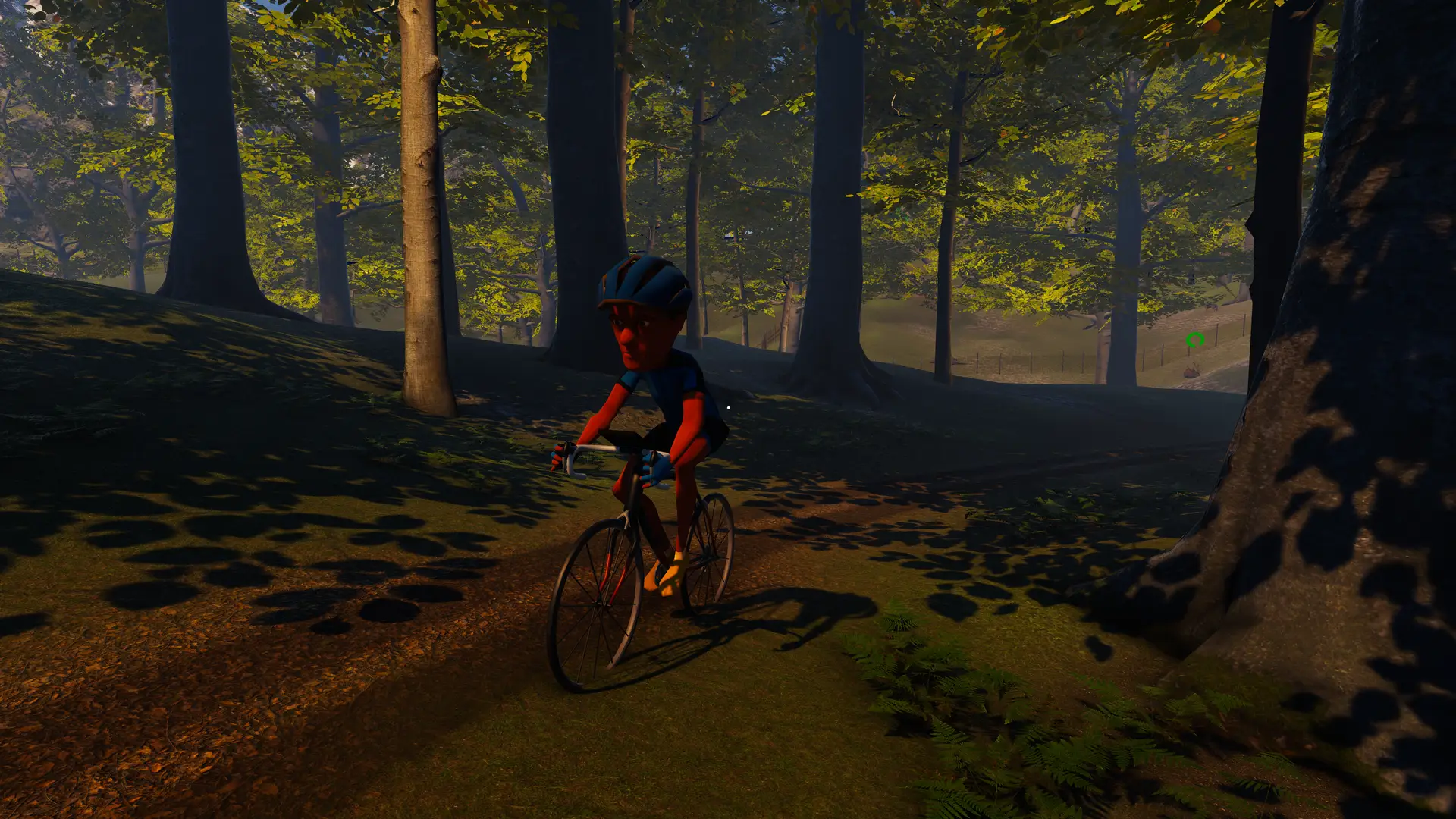




Introduction
- Overview: VR exergame built with Unity 2020 for the Oculus Rift S, designed to encourage physical activity in nursing home residents through social biking in a serene virtual nature environment. Players navigate the game using real-world cadence sensors attached to exercise bikes, competing or collaborating in wildlife-spotting challenges while biking. The project integrates online multiplayer synchronization, animal behaviors, and a user-friendly design to accommodate users in rehabilitative settings.
- Motivation: Created as part of my master’s thesis, the game aimed to investigate how competitive and collaborative mechanics affect physical exertion, motivation, and user experience. The project was inspired by a need for engaging, low-barrier VR applications for less tech-savvy users, particularly in the rehabilitative domain.
Key features
- Online multiplayer: Real-time connectivity for players to compete or collaborate in different gameplay modes.
- Multiplayer modes: Includes solo, competitive, and collaborative modes:
- Solo: One player explores the environment, spotting animals for points.
- Competitive: Two players compete to score the most points by animal spotting individually.
- Collaborative: Two players share a tandem bike, combining their speeds and scores for a unified goal.
- Real-time animal AI: Six animal species (bear, deer, wolf, fox, raccoon, and rat) navigate the environment autonomously.
- Gaze-based interaction: Players use gaze interaction to spot animals. A dynamic reticle and progress indicator ensure intuitive interaction while avoiding discomfort typical of VR systems.
- Voice chat integration: Built-in voice chat encourages collaboration and communication between remote players.
- Dual UI system: A minimalist world-space in-game interface caters to elderly users, while an external screen-space UI allows nursing home staff to manage technical settings and game setup.
- Optimized VR terrain: Realistic mountain environments with volumetric lighting, fog effects, and carefully tuned vegetation densities ensure performance.
- Data collection system: Automatically logs gameplay data, such as points, session duration, and cadence, for research purposes, saved in CSV format.
- PC support: The game can be played on a regular PC screen instead of VR, if preferred.
Key challenges & solutions
1. Multiplayer synchronization
- Challenge: Ensuring consistent state synchronization across connected game instances for animations, animal behavior, and gameplay logic.
- Solution: Used the Normcore framework for real-time state management. Implemented an observer pattern to synchronize animal animations and gameplay events across instances, ensuring consistent experiences across all players.
2. Dynamic VR reticle for comfort
- Challenge: A static screen-space reticle in VR caused discomfort because virtual elements close to the eyes are unpleasant in VR, while a fixed world-space reticle clipped into objects.
- Solution: Implemented a dynamic 3D reticle system using raycasts from the camera forward to the nearest mesh. The reticle is positioned slightly in front of the mesh and scaled linearly by its distance from the camera, maintaining a stable and comfortable VR experience.
3. Animal AI and pathfinding
- Challenge: Creating lifelike, responsive animals required efficient state management and scalable pathfinding for large terrains.
- Solution: Leveraged Unity’s NavMesh for efficient pathfinding and implemented a custom finite state machine for managing animal behaviors. States included decision-making mechanisms for autonomous actions.
4. Tandem bike mechanics
- Challenge: Combining player inputs for collaborative gameplay required synchronized speed calculation and movement.
- Solution: Implemented a shared speed system that aggregates player cadence inputs, all synced over the network. Used a spline system for smoothly traversing the environment along an invisible rail, with each player’s effort dynamically contributing to the overall biking speed.
5. Optimized terrain for VR
- Challenge: Maintaining high-quality environments in VR without compromising performance.
- Solution: Implemented LODs for terrain and assets, used billboarded grass, and reduced vegetation density in non-critical areas. Optimized Aura 2 volumetric lighting and post-processing settings specifically for VR to balance performance and visual fidelity.
6. Accessible UI for elderly users
- Challenge: Balancing simplicity for elderly players unfamiliar with VR while providing advanced configuration tools for staff.
- Solution: Developed a dual UI system – an in-game world-space UI displays essential gameplay information, while a PC-based screen-space UI manages advanced setup and network configurations.
7. Real-time cadence integration
- Challenge: Synchronizing real-world cycling with virtual movement required precise data interpretation.
- Solution: Integrated ANT+ cadence sensors using a C# library to process real-time sensor data. Mapped cadence values with acceleration/deceleration curves to in-game speeds, driving a spline-based navigation system for accurate virtual movement.
Future development
- Expanded wildlife behavior: Adding more animal species with more unique AI behaviors to enrich the environment, and making them responsive to player presence.
- Platform expansion: Extending support to other VR headsets and potential non-VR versions for broader accessibility.
- Advanced analytics: Integrating deeper data analytics to measure player performance and engagement.
Impact
While the game was designed with elderly nursing home residents in mind, real-world testing with the target audience was not possible due to COVID restrictions in 2021. Despite this limitation, the project achieved its academic objectives and received the highest grade, validating its design, technical execution, and potential impact. The prototype demonstrates how virtual reality and gamification can be applied to rehabilitation, offering a foundation for future iterations and real-world testing. It highlights the value of combining physical activity, social interaction, and engaging virtual environments to create meaningful experiences for users with diverse needs.